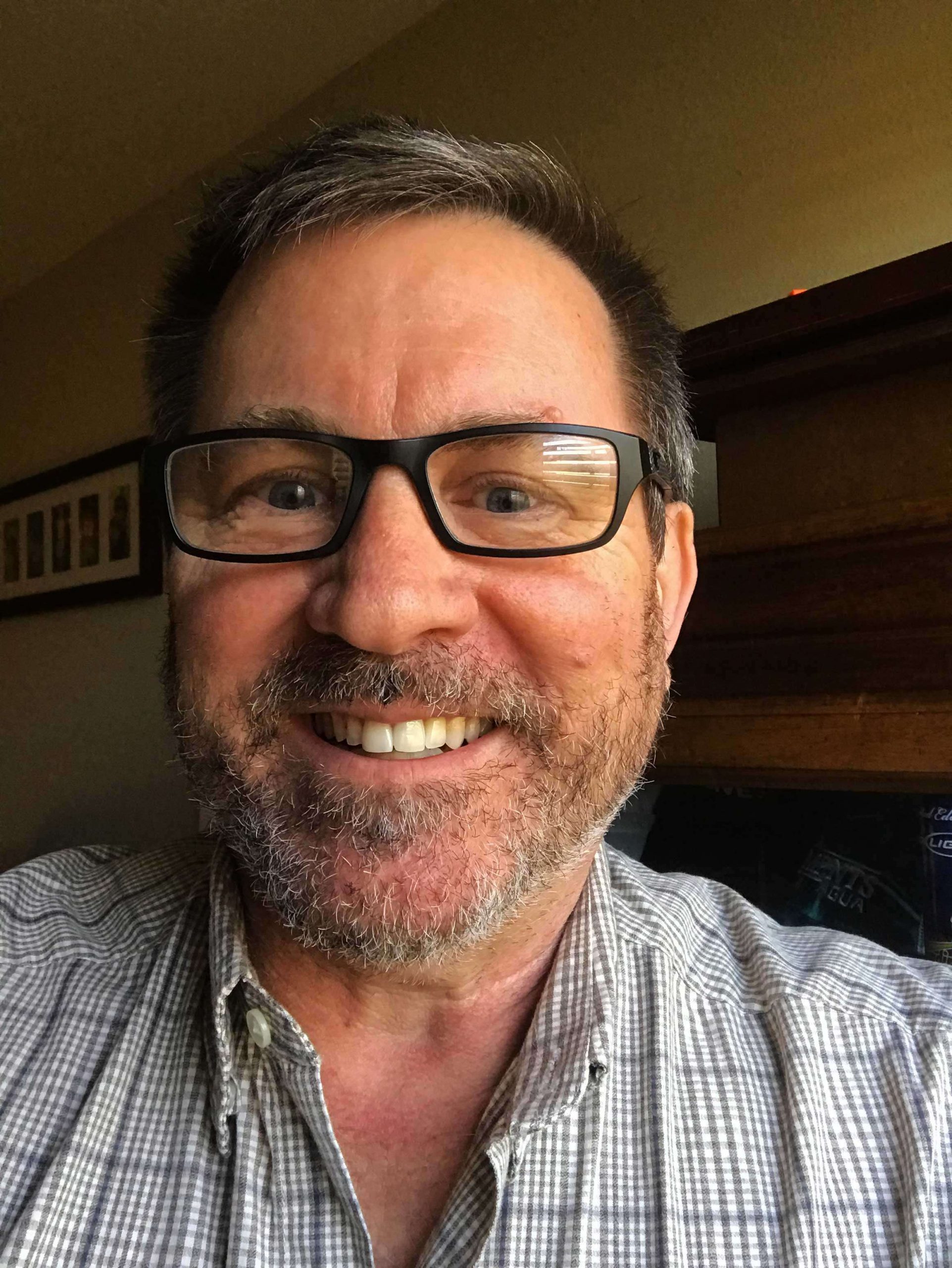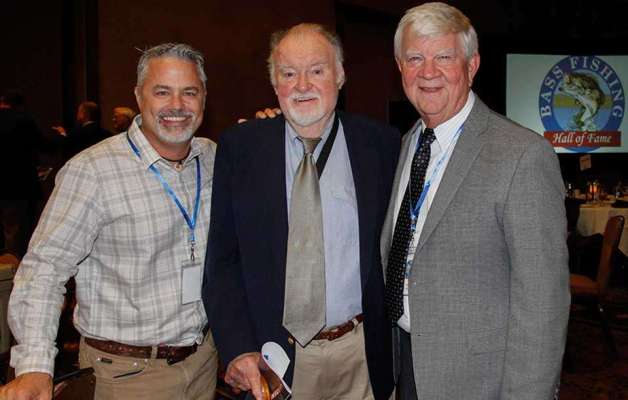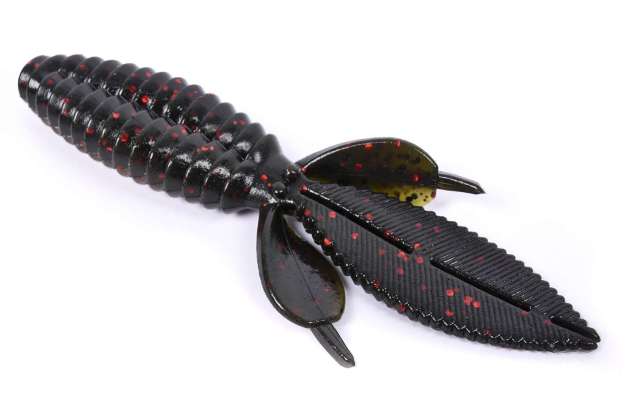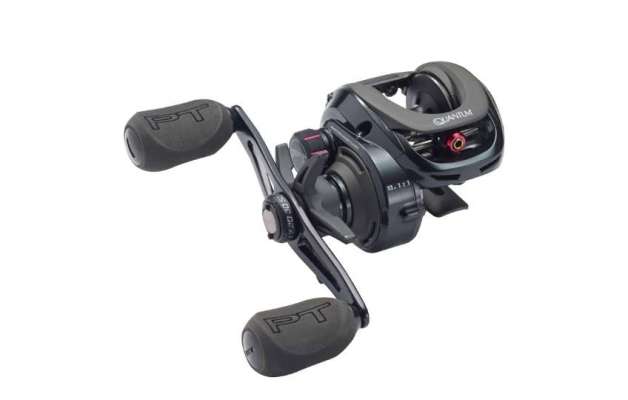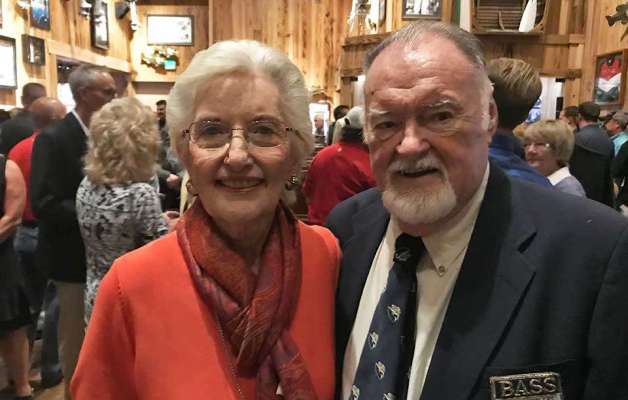
Editor’s note: 2018 marks the 50th anniversary of B.A.S.S. As part of our celebration we’re publishing stories, videos and photos about the history of the sport, including the one below.
NAPLES, Fla. – Roland Martin, one of bass fishing’s first super stars, engineered a top resume in the sport, and at 78 he continues to leave a huge wake in the industry.
Martin, who still holds the record with nine Toyota Bassmaster Angler of the Year titles, is among the pioneers who built the foundation of B.A.S.S., which is celebrating its 50th anniversary this year.
He invited the Daily Limit into his Naples, Fla., home (see photos of his Man Cave) and discussed different aspects of his career. Well-known are his successes in B.A.S.S. and his 40-plus years on TV, where he received his show tagline “The Great American Fisherman.” Much of his life in the spotlight has been documented, like Bassmaster Magazine editor Dave Precht relating how he filled an early role as the sports’ golden boy.
Lesser known is how a kid from Laurel, Md., learned to bass fish in the first place, and how he began competing in Ray Scott’s fledging circuit. Martin, who came from a line of engineers, caught his first fish when he was 6 years old.
“I had an interesting start to my fishing. Me and all the old neighbors would walk down to the river and we started catching little bluegill,” Martin said, adding his first bass came when he was 8. “Then they built a water retention reservoir for Baltimore, and I could ride my bike up there and actually sneak in and fish it.”
When he was 11, he landed his first big bass among the lily pads of Laurel Lake. To fish more, Martin would make deals with folks, like a barber who would take him out in exchange for cutting his grass. Another friendship allowed Martin to have access to private ponds.
“He was an older guy – Floyd Parson. He’s now a retired judge,” Martin said. “He had a car. His father was a three-star general at Fort Mead, big military base that had a lot of ponds. He could get into all these places.”
Martin’s fishing world continued to expand. Searching everywhere in the region, he plied many of the tidal rivers in Maryland and became a part of the growing bass scene. A monster catch on a topwater plug clued him in that there could be fringe benefits, as it won him a trolling motor in local tackle store’s contest.
All about the big bass
“I entered 6-12, bass, which was really a big bass in Maryland,” he said. “I won this contest when I was 17. Everybody started coming up to me, ‘You must be a really good fisherman.’ It kind of went to my head. And I went back the next year and I caught another big bass.”
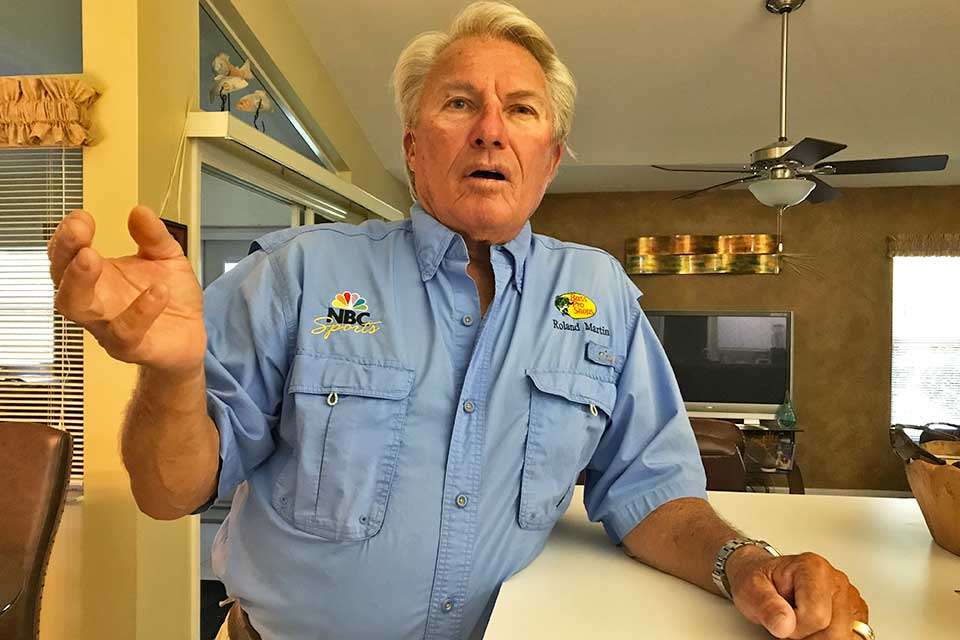
That won a smallmouth big fish derby held by a Bethesda store. Their deal to give him back the mounted fish after showing it off fell through, but Martin was really feeling this “fishing deal,” even though his father expected him to follow in the family footsteps.
“My father didn’t fish, but he was a heck of an athlete in college, and he became a hydrologic engineer,” Martin said. “His father was an engineer and his grandfather was an engineer.”
Martin’s great-great grandfather was maybe the most famous engineer in the family. John Ericcson, an emigrant from Sweden, was regarded as one of the most influential mechanical engineers ever. He designed the USS Monitor, a Civil War ironclad, as well as the screw propeller and other ships.
Martin’s grandfather followed suit by working in the Philadelphia shipyards, and he designed military equipment that was awarded patents. Martin’s father, Robert O.R. Martin, worked for the U.S. geological survey, and his main duties were mapping potential dam sites for the U.S. Army Corps of Engineers. A published author, he designed the Tennessee-Tombigbee Waterway.
That engineering connection plays a role in Martin unlocking fisheries, specifically offshore. Early on, his father would bring him on-site and get him involved, like holding a transom. There were summers working in his father’s office, which was loaded with maps.
“Even though he didn’t fish, he got me where I was an absolute expert in reading contour maps,” Martin said. “At 17 years old, I could take a U.S. geological survey, what they call a quarter section map – your standard quadrangle, the only really accurate maps then – and I could read it.”
Combined with the first depth finder, a Lowrance Red Box Fish Lo-K-Tor – it was changed to green in 1958, he says – Martin could find and fish “the house foundations, the old bridges, all the old drop-offs.” Very few were fishing offshore structure at the time, and Martin used his knowledge to great advantage. He mapped most of the reservoirs in the Baltimore-Washington area and pinpointed hotspots.
One of those spots paid off big for his Maryland fraternity brother, Chuck Reigner. In 1960, Martin led him to a house foundation in Loch Raven Reservoir, where he later landed the Maryland state record smallmouth at 8-14. Another of Martin’s college friends, Jerry Sauter, caught a 10-4 largemouth out of Liberty Reservoir from one of his spots.
“These were the state largemouth and smallmouth record fish that stayed on the books for years and years, and I was directly responsible for both of them catching those two big fish,” Martin said. “We’re in the top 1 percent of the fishing community at 19 years old. We had depth finder, contour maps, and nobody else had a clue what we were doing. We were so far ahead of the rest to the country in our fishing.”
Worlds lost, world gained
Trying to appease his father, Martin studied toward a degree in engineering at the University of Maryland, but he later switched majors to biology when he couldn’t make the quantum leap (he hated quantum mathematics). He left college to enlist in the Army, where he attended radio school at Fort Jackson in South Carolina. Martin furthered his angling abilities as he was close to the Santee Cooper Lakes, where he would later guide.
First was a year teaching ninth-grade algebra in Brazil, where his father was working on a project. Tragedy struck on a family trip to France to pick up a car and visit relatives in Sweden. A head-on collision north of Paris killed his mother and father, and he returned to Santee Cooper and immersed himself in fishing.
While promoting the lake by hosting writers, Martin hunted big bass and developed patterns. The stories caught the eye of Ray Scott, who called Martin and invited him to fish his fledging tour. But Martin didn’t answer those early calls. He was too busy chasing big bass – he eventually landed 300 over 8 pounds and 52 weighing more than 10 out of Santee Cooper.
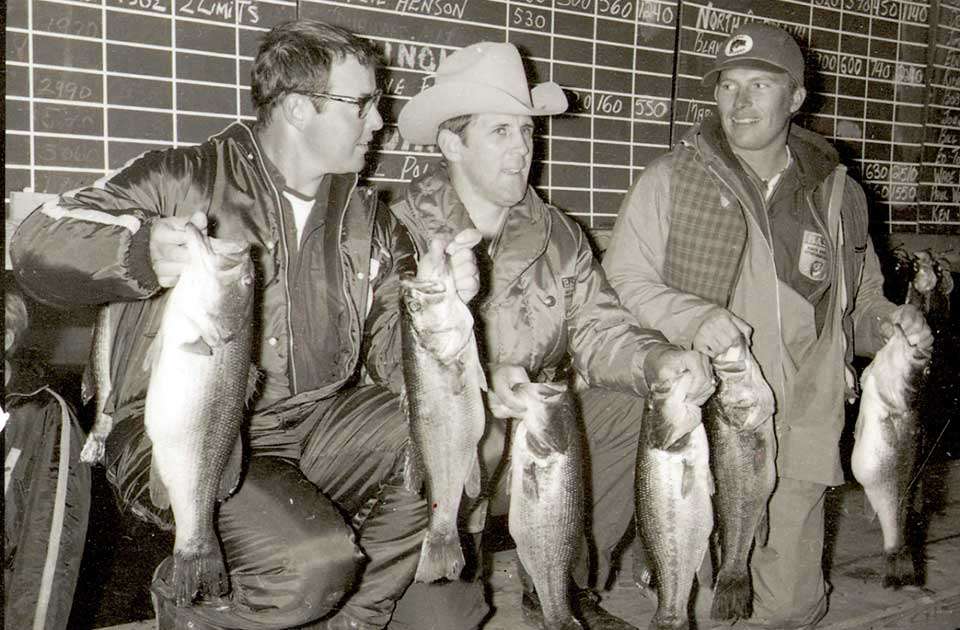
One of Martin’s friends did fish a B.A.S.S. tournament and informed him that they seemed big-time. At Scott’s invitation, Martin finally attended the Eufaula National, but what he saw nearly scared him off. Rip Nunnery set the single-day weight record with 15 bass totaling 98-15, and several others had stringers of around 80 pounds.
He met the likes of Bill Dance and Jerry McKinnis, all the while telling of his recent 11-pound catch. He said he got shut up when the stringer coming in was so large it broke the paddle.
“I was so intimidated and so embarrassed – I had never seen a string like that. This was the all-time world record string,” he said. “My car was parked kind of close. I get in the car and told Ray I appreciate all the work here, but I’m going back to the swamps of South Carolina. These guys are way better fishermen than I realized. I don’t know if I can compete.”
Ray Scott talked him down, explaining it was simply a record day, that there are ups and downs. It wasn’t until he actually sat and listened to Scott’s vision for the sport that Martin went all in.
“I’d been guiding and doing a lot of my things on my own. I was a registered outdoor writer. I did a lot of photography,” he said. “I wrote articles for all the different newspapers, but I couldn’t get ahead that way. That was somewhat of a living, but it wasn’t the vision that I wanted. When Ray Scott came along and said this is what’s going to happen, I bought it.
“I immediately jumped on the band wagon. I was one of the first members of B.A.S.S., and I immediately put all my eggs in that basket, figuring that it was going to be a success. The man is my hero. Without Ray Scott, I wouldn’t be where I am.”
Martin’s first event was the Toledo Bend Invitational on Jan. 29, 1970. He finished second but started an impressive stretch with seven wins, eight seconds and 22 top 10s in his first 25 tournaments. Martin’s first of 19 B.A.S.S. victories came on March 21, 1970 on Georgia’s Lake Seminole. (See the Roland Rules.)
Success breeds … TV show
Martin’s first AOY title came in 1971, and he enjoyed the role as the sport’s golden boy for nearly two decades. His connection with Lowrance and his tournament success led Martin to TV, and he said there was a tricky balance between the two.
“No. 1, to be really successful in television, you need a lot of credibility,” he said. “With tournament wins, the audience can say, ‘Yeah, he’s an expert fisherman – look what’s he’s done.’ It’s a natural thing that tournament success paves the way and becomes a springboard of opportunity.”
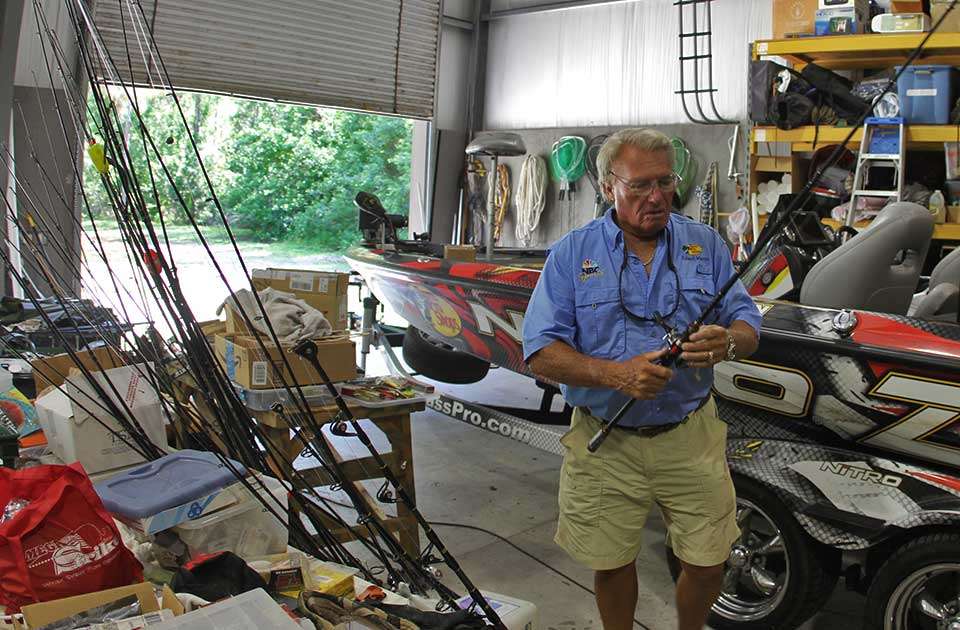
There had been how-to films for Lowrance and guest appearances on most every celebrity show before Martin ventured out on his own in 1974. His show was not a success at first, he said, and he kept having to infuse money. Good thing he was winning.
“Luckily, I won a couple tournaments; I can film another year,” he said. “I’d just about to go broke, then I’d win. We struggled until about the third year, then things started working out.”
His tournament prowess was steady. In 1985, he won his ninth and final AOY crown. His 19th B.A.S.S. win in 1997 places him second all-time behind Kevin VanDam. He eclipsed $1 million in earnings, which today might translate to $4 to $5 million.
Years after, Martin related what fueled his fishing desire to Larry Porter of the Omaha World-Herald:
“I started to realize that the drive I had — the motivation for being successful — was the fact that I had never been successful in my parents’ eyes. They couldn’t see my success. But I was winning tournaments and making more money a year than my dad did, who had a doctorate in engineering and worked with the government. He made $20,000 or $30,000 a year before he died, which was a lot back then. And I was making that kind of money winning fishing tournaments.”
A legacy in the sport
Several years ago at ICAST, when Martin, Dance and Jimmy Houston first launched their Th3Legends line of products, each was asked about their legacy in the sport. Each mentioned their long-running TV shows and serving as ambassadors of the sport.
Before mentioning things like pattern fishing and some lures credited to him, Martin put his son, Scott, first on his list. The younger Martin has won the FLW Cup and the FLW AOY. Growing up, Scott said it stunk that dad was gone so much, but they did fish a lot together when he was home. While benefits included picking up plenty of fishing knowledge from his father and having all sorts of equipment available, the greatest thing was seeing his father’s work ethic and tenacity.
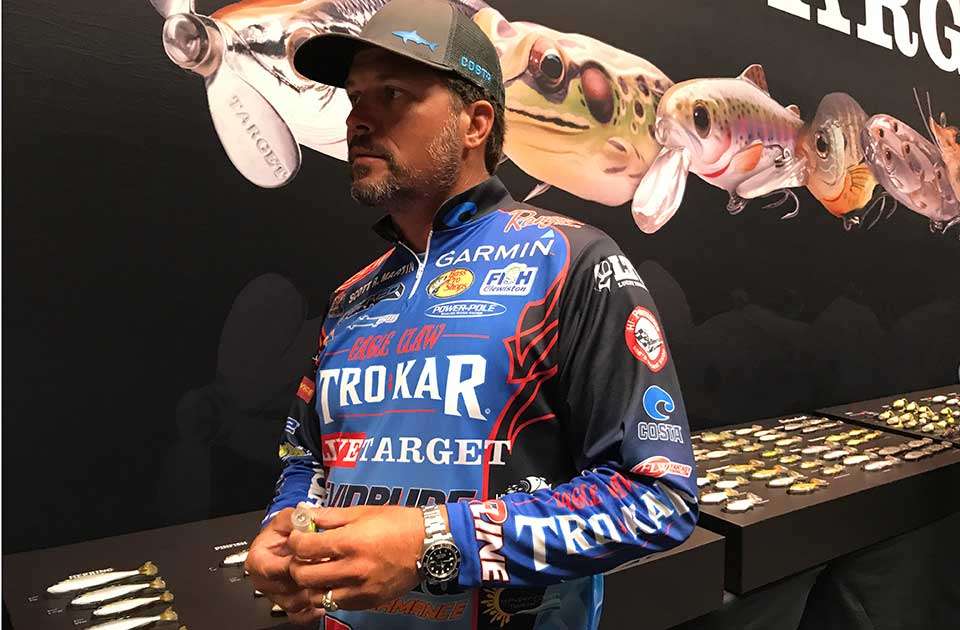
“The biggest thing I learned from my Dad over the years was his determination,” Scott said. “I call him ‘The Machine.’ He fished as hard at 76 as he did at 56, and at 46 and at 36. I’ve never seen him sit down and watch a television show.
“I’ve never seen him sit down and relax. I’ve never once heard him say, ‘The fish aren’t biting. Let’s go in a little early today.’ Laser focus and a passion that nobody can ever grasp. There’s not a fisherman on this planet that has more passion than him.”
While Roland won’t let on – and still might get into a discussion with Rick Clunn over the merits of a Classic win vs. an AOY – having never captured the championship left a huge hole.
“My dad is kind of private when it comes to things like that, as far as things that might bother him,” Scott said. “He doesn’t really show, but I can tell it bothers him. He talks about the time he came in second, he talks about other opportunities that he had, mistakes that he made that may have cost him a victory. But he doesn’t harp on it.
“I think now, that I was able to win the Forrest Wood Cup back in 2011, it kind of gave him a little peace.”
Growing up in his shadow wasn’t easy for Scott, who might have needed a few more successes to gain credibility in the sport. He’s had to find his own way in the industry, but he can point to why he thinks his father excelled.
“I think it’s being innovative – his passion comes from innovation,” Scott said. “His drive comes from trying to figure out new things. He’s in his shop making reels, rods and lures, and tweaking things. He obsesses over and wants to understand every aspect of every technique that he can.
“He wants to take it three or four steps deeper. How can I make it better? How can be the best and be the most versatile fisherman on the planet?”
His work ethic and passion for the sport have made Martin one of the best of all-time, and his son is among those who wish he keeps it going.
“His health is great, mind great. Fishing is what keeps him young,” Scott said. “I don’t want him to sit down and watch a TV program. I’ve never seen him once say I’m going to sit on the couch and relax.”
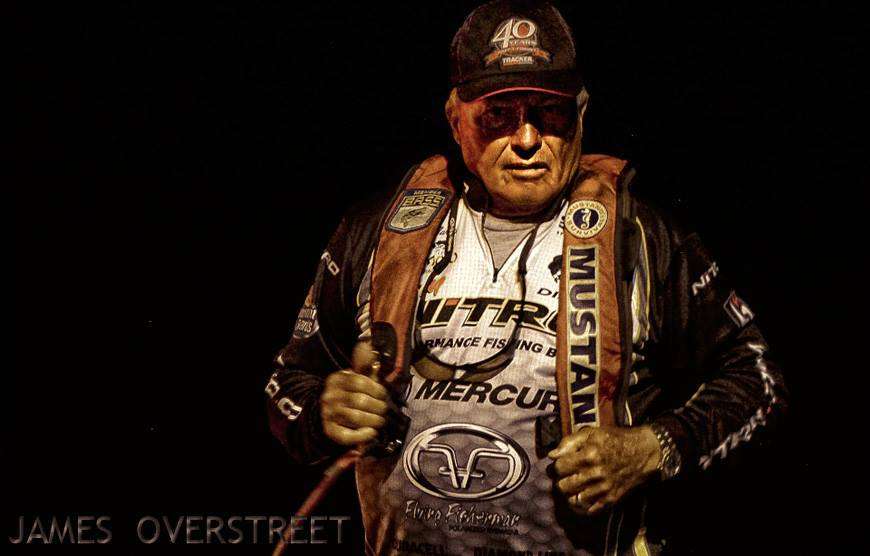
Roland’s latest project is working on building a YouTube presence. At his home office, he was fiddling with a camera set-up that could mic up to four people for good sound and a steady image, unlike the bouncy chest-mounted views.
“I fished all day and was tired last night, but there were issues I wanted to work out and I was up till midnight,” Roland said. “I’m project oriented. I can’t go through life without doing. I have to have a project. Rebuild a boat, this, that, now YouTube.”
Back to his legacy. Martin offered a profound thought about how long his name will be known in the future. When B.A.S.S. is 100? How about 150? For the bicentennial?
“In talking about 10 generations from now, maybe it’s not very important, but for this one or two generations right now, I’m still known,” he said. “I’m still a big enough figure in the fishing world where I still have a legacy.
“I wonder how long those last? I don’t know. I wonder how many generations down the road will we be forgotten? It’s a good question.”

